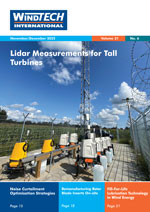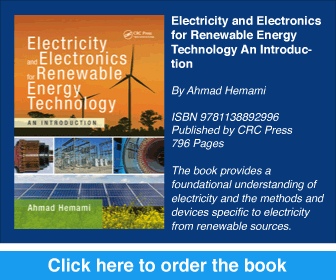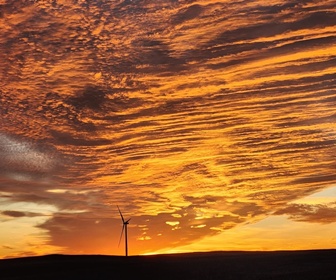 Another bust and boom cycle ahead in the USA?
Another bust and boom cycle ahead in the USA?
During almost three months in office, the new administration in the USA has taken several actions regarding wind energy. Initially, it instituted a six-month halt on new offshore wind leasing across the Outer Continental Shelf and paused new permits for both onshore and offshore wind projects. At the time, it was stated that existing leases would remain in place but would be subject to review for potential changes or cancellations.
Just recently, the U.S. Department of the Interior issued a stop-work order for the Empire Wind 1 offshore wind project, located approximately 15 to 30 miles (approximately 24 to 48 kilometres) south of Long Island, New York. Announced on 16 April 2025 by Secretary of the Interior, Doug Burgum, the order halts construction while a full review of the project’s permitting process is carried out.
Empire Wind 1, being developed by Equinor, is expected to deliver 816MW of offshore wind capacity. The project had previously secured federal approval, with construction beginning in 2024. However, the current administration has raised concerns about the adequacy of the environmental assessments that supported the initial permitting.
The decision has prompted a range of responses. Equinor has stated its intention to work with federal agencies to resolve the issues raised, including exploring possible legal options. New York Governor Kathy Hochul criticised the move, calling it an example of federal overreach and warning that it could undermine employment and the state’s clean energy targets. Industry representatives, including the American Clean Power Association, have also expressed concern that such actions may discourage investment in future renewable energy developments.
The initial six-month period is not over yet, but it appears that the US renewable energy sector is facing a setback. Other already approved offshore wind projects may also come under review, leading to further delays and potential cancellations. Developers and investors may hesitate to make final investment decisions for large-scale energy projects. In the first three months of 2025 alone, 16 large-scale clean energy projects in the USA were cancelled, downsized or closed, reflecting growing market uncertainty and concern over potential changes to federal policy. For example, RWE has decided to pause its offshore wind activities in the USA. Political uncertainties, higher risks for US offshore wind projects, and increased return expectations have led the company to take a more cautious approach in this market.
These developments come as the U.S. Congress begins debating the repeal of clean energy tax credits and related incentives, which may also affect the onshore wind market. Such tax credits have caused bust and boom cycles in the past because of repeated late extensions by previous administrations. While the levelised cost of electricity has decreased considerably over the years, cancellation or phase-out of clean energy tax credits could be less damaging than a temporary halt on offshore wind development.
From 19 to 22 May, the American Clean Power Association will hold its annual event in Phoenix, Arizona. I’m sure these issues will be the talk of the town. As I’ve mentioned before, I’ve seen ups and downs, but our industry has always rebounded. Perhaps this is just another bump in the road.
Let’s meet and discuss it in person in Phoenix!
Enjoy reading,
Floris Siteur
Publisher










